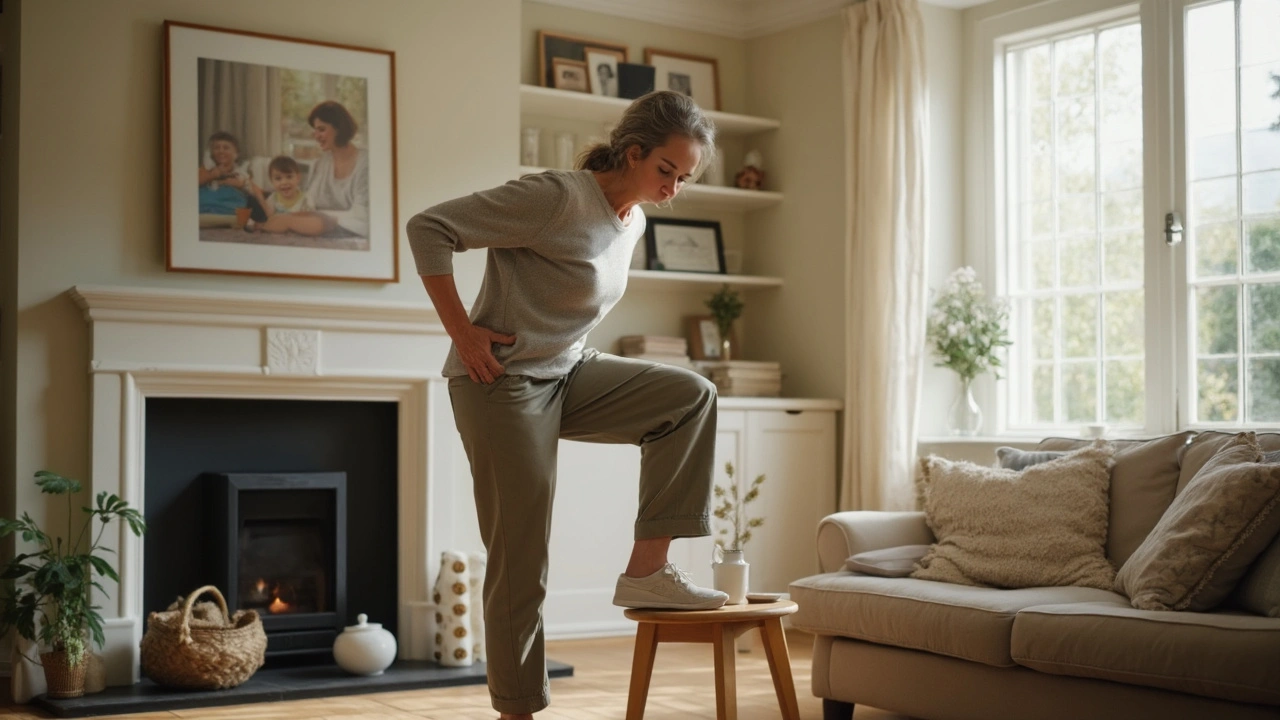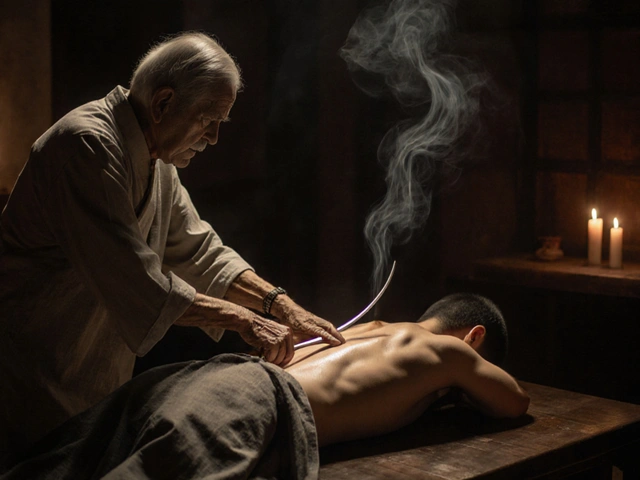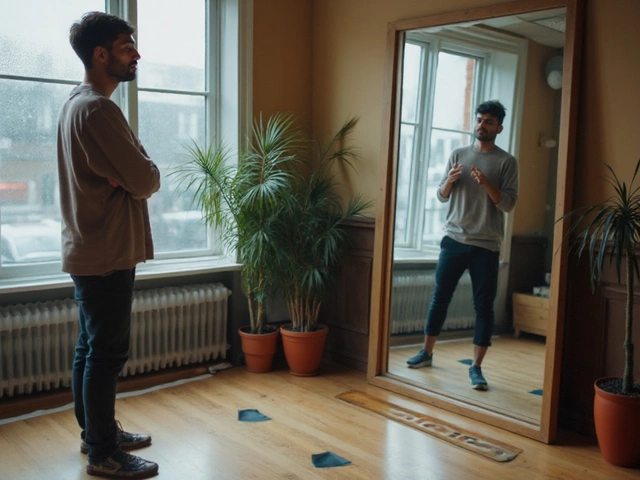Mobility: Simple Habits and Therapies That Actually Help
Stiffness isn’t just a sign of getting older — most mobility loss comes from what we do every day. Sitting, poor sleep, tight shoes, and ignoring small aches add up. The good news: small, consistent changes and the right bodywork can restore range of motion, ease pain, and make movement feel normal again.
Start with clear goals. Do you want to bend without pain, squat easily, run without knee pain, or simply carry groceries without wincing? Being specific helps you pick the right tools: gentle movement work, targeted massage, or structural therapies like Rolfing and Hellerwork.
Quick, practical moves you can do today
Daily habits beat occasional heroics. Spend five minutes each morning on slow joint rotations—neck, shoulders, hips, knees, ankles. Try gentle loaded stretches: a half-kneel hip flexor stretch for 30–60 seconds and a calf stretch against a wall. Add a short walk after long sitting spells; even 5–10 minutes resets tight muscles and improves circulation.
Learn one somatic practice and stick with it. Feldenkrais and simple mindful movement improve movement patterns without brute force. They teach your nervous system to find ease in motion. If you do yoga or Pilates, borrow Feldenkrais’ slow, precise approach to stop repeating the same limiting habits.
Choose the right hands-on therapy
Not every bodywork is the same. Trigger point massage targets tight knots and can free a specific muscle quickly. Ortho-Bionomy and Rolfing work on patterns—useful when posture and repeated strain cause chronic stiffness. Hellerwork and structural integration aim for long-term alignment changes. Pick a therapist who explains the plan and gives simple at-home follow-ups.
For short-term recovery, tools like warm stone massage or cupping can reduce pain and loosen tissue so you can move. For ongoing problems—scoliosis, long-standing neck pain, or recurring hip issues—look into Rolfing or Hellerwork and ask about session frequency and realistic outcomes.
Self-care matters. Learn basic acupressure points for neck or low-back tension; they’re fast, portable, and work if you press for a minute or two. Use heat before movement to warm stiff areas and ice after intense sessions if inflammation flares. Sleep on a pillow and mattress setup that supports your spine—small changes there speed recovery.
Pick one change and keep it simple. Replace one hour of screen time with a short mobility routine, book one session with a therapist who specializes in movement, or practice mindful walking every day. Mobility rebuilds slowly, but it sticks when you build habits that fit your life.
Want help choosing a therapy? Scan our mobility tag for guides on Feldenkrais, Rolfing, Ortho-Bionomy, Amma, and more. Read a couple of articles, try one approach for six weeks, and track how your daily tasks feel. Movement freedom is usually closer than you think.

Contractual Tendon Release: Fast Results, Real Relief
Contractual tendon release is making a real difference for those stuck with stiff joints and limited movement. This article breaks down what this procedure is, who really needs it, and how it gets you back on your feet faster than most old-school treatments. You'll see what to expect during and after surgery, plus tips to make your recovery as smooth as possible. I’ll also share some interesting quirks about tendon healing most people don’t know. If you’re dealing with tight, stubborn joints, this read might just change your game plan.
Categories
- Health and Wellness (148)
- Alternative Therapies (86)
- Massage Therapy (40)
- Travel and Culture (15)
- Beauty and Skincare (9)
- Holistic Health (8)
- Health and Fitness (5)
- Spirituality (5)
- Other (2)
- Personal Development (2)



